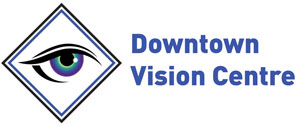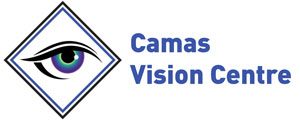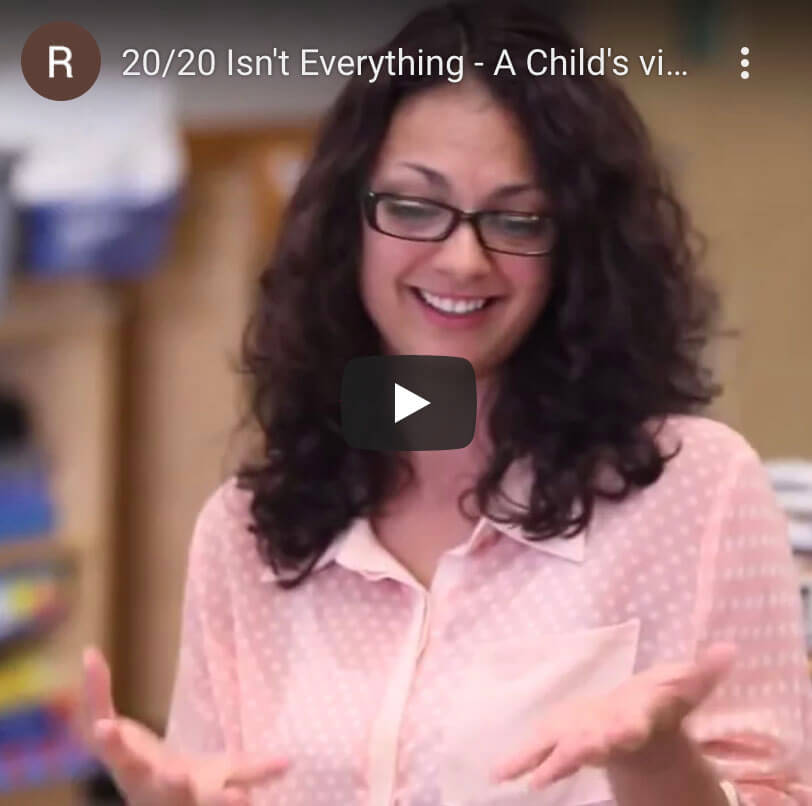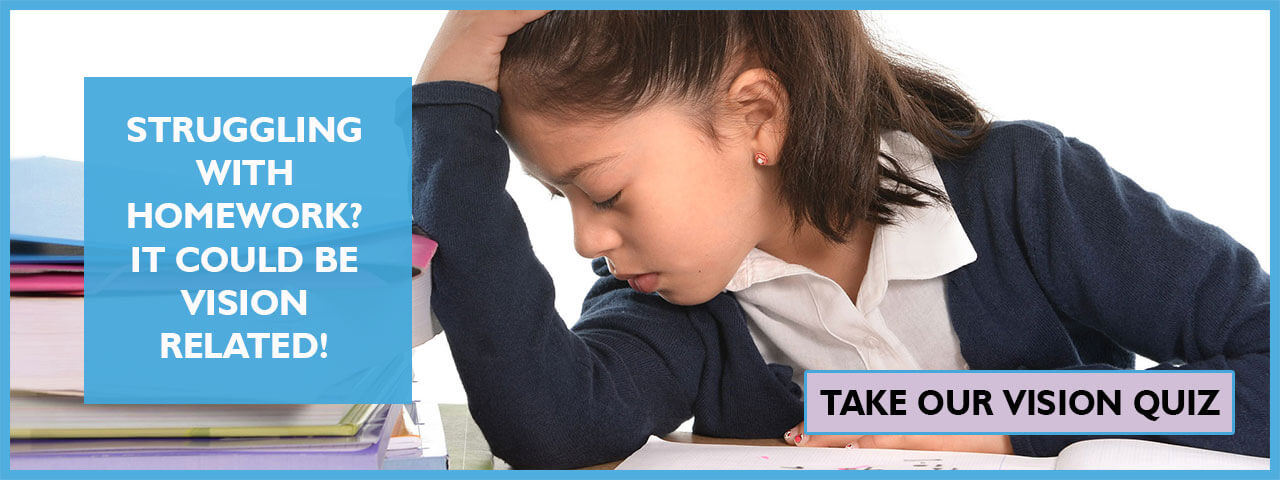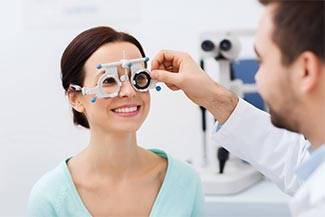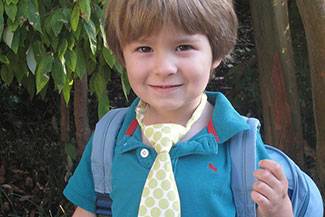Vision Therapy — Developmental Optometry
Vision isn’t just about seeing well — it’s about how we interpret and interact with the world visually.
Effective vision comes down to the way the brain and eyes interact. Whether reading words on the board, catching a ball, or tying our shoelaces, we rely on our visual system to work properly in order to succeed in these and other tasks.
Someone can pass all vision screening exams and excel in reading the charts on the wall, but still struggle with poor hand-eye coordination, reading problems, diminished focus, strabismus, convergence insufficiency, and amblyopia —all of which can be effectively addressed through vision therapy.
What is Vision Therapy?
Vision Therapy, also known as Developmental Optometry, is a custom regimen of individualized activities and exercises made to retrain the brain and eyes to work better as a team and improve vision functioning. The aim of vision therapy is to enhance vision processing skills such as eye-tracking, focusing and eye teaming abilities, as well as hand-eye coordination and visual processing speed. This is effective for those struggling with reading, memory, focus, balance, fixation, picking up an object out of the background—and a wide range of other visual tasks.
Vision therapy is not only for children, but can also be effective in adults — particularly if they are determined to improve their visual abilities and strictly adhere to the program. Contact EyeExcel Vision at Downtown Vision Centre to learn how Dr. Linda Medeski can help you or your child function better in the day-to-day life.

Who Can Benefit From Vision Therapy?
A large number of patients have an undiagnosed vision condition that might be affecting their ability to function, learn, and thrive.
Vision therapy can help patients of all ages with conditions and symptoms related to:
- Amblyopia
- Strabismus
- Convergence Insufficiency
- Traumatic Brain Injury
- Cerebral Palsy
- Learning Disability
- Down Syndrome
- Autism
- Developmental Disorders
- ADD/ADHD
- Dyslexia
- Anyone seeking to reach peak performance in sports (Sports Vision Training)
Vision Issues: What Symptoms Should You Look Out For?
Teachers, parents, and adults should be on the lookout for the symptoms listed below, as they may indicate a vision issue.
- Lazy eye, cross-eye, double vision
- Difficulty Reading
- Poor classroom performance
- Difficulty staying focused
- Strabismus (where both eyes are not aligned)
- Amblyopia (lazy eye)
- Poor hand-eye coordination
- Constant squinting/head tilting
- Using fingers to read
- Favors one eye over the other
- Poor handwriting
- Headaches or fatigue after reading or computer work

How Does Vision Therapy Work?
Vision therapy consists of personalized exercises that make use of lenses, prisms, filters, occluders, and other equipment aimed at developing visual skills and processing. Nowadays, thanks to advanced technologies and new computer-based therapies, doing and tracking homework is easier than ever. Computer programs and vision therapy apps have turned traditional vision therapy exercises into fun and interactive activities.
Vision Therapy typically consists of a weekly 45-minute in-office appointment and approximately 15-minutes of assigned daily exercises. The vision therapy program can range from a few weeks to several months, depending on the severity of the diagnosis, eye health, and patient compliance. Vision therapy involves close monitoring and follow-up appointments to ensure that there are noticeable improvements and positive changes in the patient’s visual functions. Over the course of the program, the eye doctor will decide how many visits are required in order to achieve optimal results.
Is There an Age Limit to Vision Therapy?
There is no age limit. Because of the brain’s neuroplasticity, the brain remains dynamic and flexible throughout one’s life. Just as with training a muscle or playing an instrument, the more we practice, the more skillful we become and the better our visual function.
How Long Will It Take to See Results with Vision Therapy?
For some people, gains can be experienced fairly soon. For others, it may take others up to 6 months to realize significant results. This, however, depends on each patient, their unique therapy regimen and their adherence to the vision therapy program.
Does Vision Or Medical Insurance Cover The Cost Of Vision Therapy?
Vision therapy may be covered under major medical insurance plans (vision therapy is most often applied to a medical policy as opposed to a vision policy). However, certain insurance companies may deny or place severe limits on coverage for vision therapy as a cost-saving measure. When sorting out the insurance details for vision therapy, it’s important to know what questions to ask of your insurance agent or workplace HR department.
If you’re considering vision therapy, let us help you understand how to ask the right questions of your insurance company to determine whether you can get coverage.
The first step in determining whether vision therapy can help you or your child with work, school, and sports, is to contact EyeExcel Vision at Downtown Vision Centre and schedule a comprehensive exam with Dr. Linda Medeski. Following the exam, Dr. Linda Medeski will provide a diagnosis and determine whether vision therapy is the best course of action. If so, you or your child will be prescribed an individualized eye treatment program.
EyeExcel Vision at Downtown Vision Centre is committed to transforming lives through vision therapy. We serve patients from Vancouver, Camas, Portland, Hillsboro, and throughout Washington.
